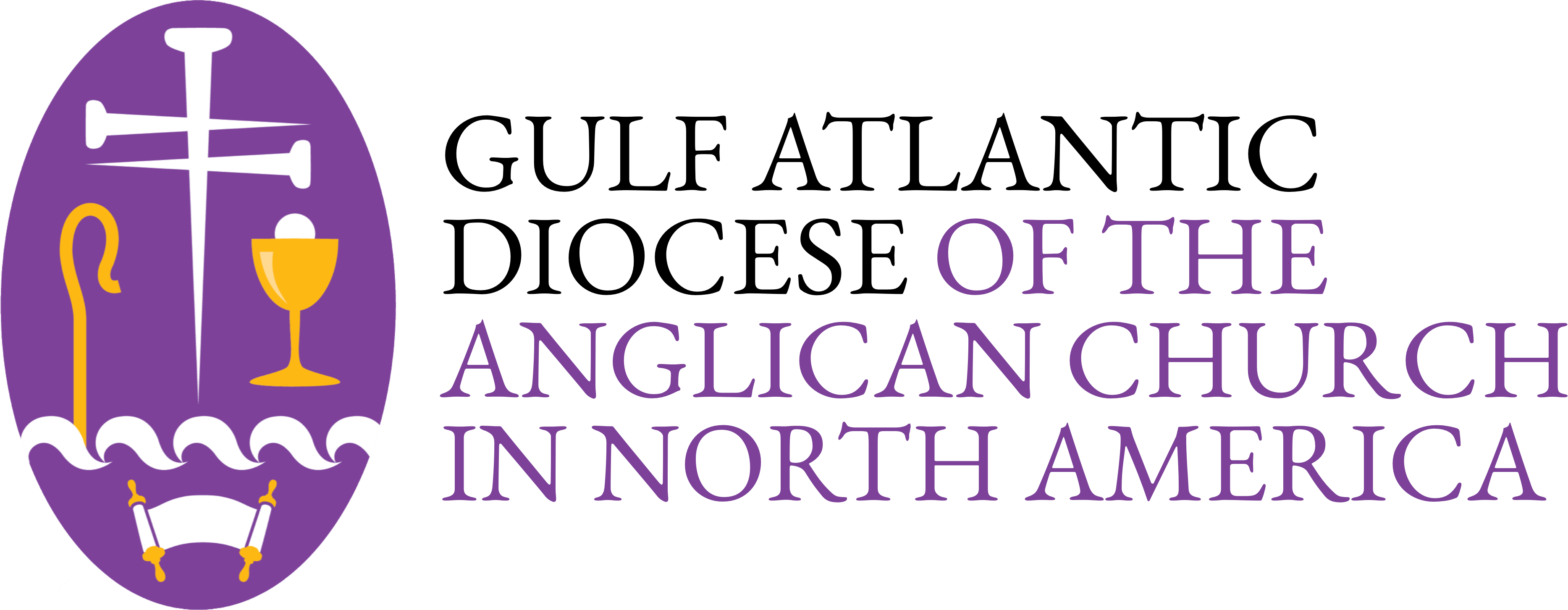
So here are the people of Israel, a million strong. Having experienced the miraculous deliverance of Passover and hurriedly left their homes in Egypt, they have been driven in to a desolate and fearful dead end by the God who has pledged his love to them. Now they are caught in a chasm where there is an idol to a demon god. They are in full view of an enemy watchtower at Migdal. With only the Red Sea before them, they can hear the Egyptians thundering in behind them. And as the enemy closes in, night falls.
Later in Deuteronomy 32 Moses describes the wilderness they have entered into in intense language: a desert land… an empty howling wasteland. The Hebrew words convey void, desolation, confusion and chaos. One commentator says the language gives the sense of a ransacked room.
And how does everyone react? How would you paraphrase it? We know this story. They respond with panic, anger and blame. My paraphrase might be, “Get us out of here!” Exodus gives us both the peoples’ complaint to Moses, and God’s response.
Here are the people to Moses (Exodus 14:11-14 NLT):
They said to Moses, “Why did you bring us out here to die in the wilderness? Weren’t there enough graves for us in Egypt? What have you done to us? Why did you make us leave Egypt? Didn’t we tell you this would happen while we were still in Egypt? We said, ‘Leave us alone! Let us be slaves to the Egyptians. It’s better to be a slave in Egypt than a corpse in the wilderness!’ “
Moses reassures them that God will fight for them, and then he turns to the Lord, who asks him a question I find mystifying (Exodus 14:15):
Why are you crying out to me? Tell the people to get moving!
Why is he crying out to you? Did Moses think this was a strange question? Could he be crying out because he is leading a million people into what looks like certain death? What are we to hear in God’s question? What else did he expect of Moses?
The scene reminds me of a similarly dark and chaotic scene with Jesus and his disciples. The gospels report that they were caught in a fierce storm, with high waves swamping them. The boat was filling with water and was clearly sinking into a violent sea. Jesus was asleep. One writer reports that he was asleep in the stern. That makes me smile. Isn’t that where the steering happens? Does it feel like God is asleep at the wheel while they prepare to die?
Then they awaken him, he calms the storm, but has this similarly mystifying question for his disciples: Where is your faith?
‘Where is your faith?’ I think to myself as I read this. Where was their faith? Their faith was going down with the boat! How else did Jesus expect them to react?
In both cases, God’s people had seen him work wonders on their behalf already. Yet they now faced real danger and what looked like certain death. Yet God seems almost disappointed by their panic. He is loving, completely ready to do mighty things to protect and save them, but still there is a note of dismay or judgment about their fear. Ironically maybe, this unnerves me!
How do I respond to what feels like threat or danger?
Recently Neil and I were driving together (We have lots of hours of that!) and I was (typically) hyperventilating over some looming crisis or difficulty. He asked me calmly, “What outcome are you envisioning right now?” The answer was … disaster! Catastrophe!
I thought of these two biblical scenes, and I have begun to wonder, deeply and with the Lord, how he would respond to my catastrophizing. (It’s a word now.) What God seemed to expect from his people in both these scenes was that they assume deliverance.
Assume deliverance, despite the fearful circumstances. Assume deliverance, but based on what?
God constantly exhorts his people to stir up the memory of his past deliverances to fortify their faith in the present moment. Remembering, as we’ve seen before, is not limp nostalgia. It’s a muscular and active summoning of courage based on what we’ve already seen of our God. Elsewhere in this wilderness story God says, “They have seen my glorious presence…!” (Numbers 14:22) He expected that their past experience of him would affect their faith in a challenging moment.
As well, he asks them to focus their hearts on what he has promised … who he has promised to be to them … instead of the frightening facts on the ground. In a wonderful and paradoxical comment in the book of Hebrews, Moses is described as walking through the dark chaos of the Exodus because he “fixed his eyes on what could not be seen.” (Exodus 11:27)
As Lent has closed, we come to the end of our focus on the wilderness season of Jesus, as well as in the lives of other saints of the Scriptures. Yet in a larger sense the wilderness is meant to be a guide to us for our whole life of faith, between our deliverance from slavery to our arrival at the place God is preparing for us. A practical wilderness takeaway from this scene, for me, is to learn to ask myself this question whenever I find myself catastrophizing: What will God do now, in this situation? How can Iassume deliverance? Either I will fix my eyes on whatever is distressing me and project disaster, or I will fix my eyes on the unseen realities of God’s love and past mercies and project his constant and present mercies rightly. This is not a presumption of rescue on my own terms. God allows, even causes, some pretty challenging and frightening circumstances, ones which I would write out of my script if I could! Rather it is an assumption that he is not out of control, though he has allowed me to be, and that he will act for my good.
This is Gethsemane. Jesus facing the fearful facts on the ground, relinquishing himself to them in full confidence that his Father was trustworthy and that his Father’s will would be done … assuming deliverance on the Father’s terms.
I hope we can help each other practice this wilderness warning: Assume deliverance.
Marcia Lebhar’s Signs in the Wilderness Series applies to all of life, not just the Lenten and Easter seasons. Signpost #3 will be included in the next Gulf Atlantic Diocese Communique.
